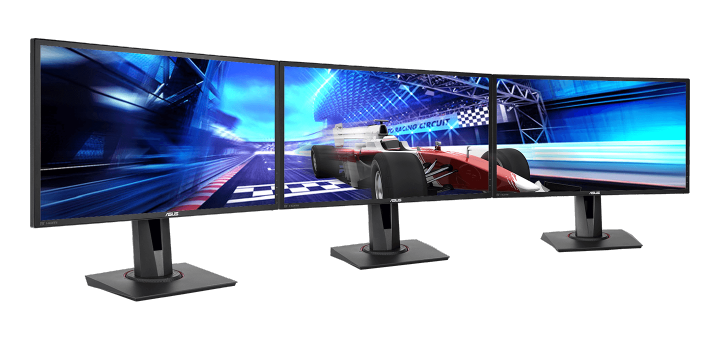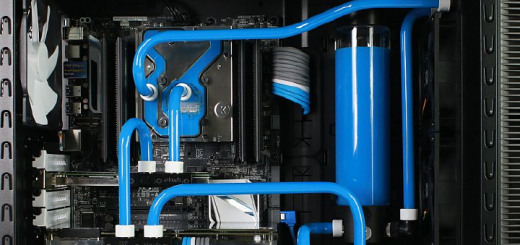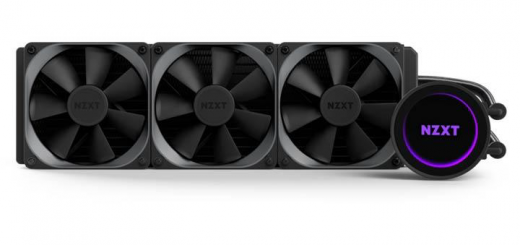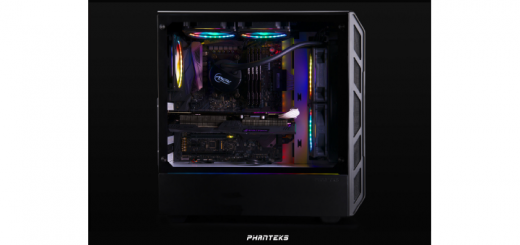
ASUS MG248Q Gaming Monitors
All gamers, me and you alike, want the best gaming experience out of our desktops and computers. Achieving the highest possible detail level with the best possible frame rate is our ultimate gaming dream. While graphics cards play a primary role in determining how beautiful and immersive the games are visually, having the right monitor is equally important.
No one likes the thought of spending a significant amount of money on their graphics card and not able to utilize its full potential. Pairing your graphics card along with the right monitor will enable you to use your card optimally.
Gaming monitors are generally available in three 16:9 resolutions (1920×1080 or 1080p, 2560×1440 or 1440p, and 3840×2160 or 4K) and two widescreen resolutions (2560×1080 and 3440×1440). Out of these, the 1920×1080 and 2560×1440 monitors are the most popular resolutions among desktop gamers. While the resolution of a monitor is an important factor to consider while buying a monitor, its refresh rate is equally important.
What is The Refresh Rate of a Monitor?
Our eyes perceive motion based on changing images. Any video we see on a screen is a sequence of images shown rapidly. The refresh rate of a display device determines the number of images shown per second on its screen. TVs generally have a refresh rate of 30, 50 or 60Hz per second. A 30Hz TV shows 30 images each second while a 50Hz TV shows 50 images per second.
Similarly, monitors also have a refresh rate specification that determines how fast they can show images on the screen. Monitors are available in different refresh rates including 60, 75, 120, 144, 165 and 240Hz. The higher is the refresh rate of a monitor the smoother will be the onscreen imagery.
Refresh rate determines the maximum fps (frames per second) that a monitor can display on the screen. If a graphics card outputs up to 90 fps but the monitor it is connected to has a refresh rate of 60Hz, then the monitor can only display 60fps. It is not able to utilize the GPU to its full potential.
While G-Sync and FreeSync can lower the frame rate of a GPU to match the monitor in such a scenario, it is no fun. Check out this article if you need more information on G-Sync and FreeSync – “Understanding G-Sync and FreeSync”.
Having the right monitor is important for doing full justice to your GPU. It can be quite confusing to choose a monitor that has a refresh rate suitable for your needs. The following section covers different refresh rates of monitors and the ideal scenarios for each of them. It will assist you in choosing a monitor with a refresh rate that is right for you.
60Hz and 75Hz Monitors
Monitors with a refresh rate of 60Hz and 75Hz are the most popular among gamers and regular users alike. Majority of entry-level monitors in different resolutions have a refresh rate of 60Hz while others have a refresh rate of 75Hz. A few 60Hz monitors can also be overclocked to 75Hz though it may negatively impact the life of the monitor.
These monitors can refresh their screens up to 60 or 75 times per second depending on their refresh rate. They are the cheapest offerings when considering different monitors with the same resolution.
60Hz and 75Hz monitors are adequate for most gamers and regular users. Monitors of all resolutions including 1080p, 1440p, and 4K are available with a refresh rate of 60 and 75Hz. These monitors are ideal for gamers and users who are looking for the most affordable offerings in different resolutions. Gamers who like to play fast-paced games especially multiplayer ones may prefer a 120 or 144Hz monitor.
120 and 144Hz Monitors
Monitors with a resolution of 120Hz and 144Hz are highly sought after by mainstream gamers. These monitors can show up to 120 or 144 frames per second respectively. Gamers who are moving from a 60 or 75Hz monitor to a monitor with 120Hz or higher refresh rate will notice a significant difference in how smooth the gameplay is on the higher refresh rate monitor. 120 and 144Hz monitors are the sweet spots for most gamers. Some 120Hz monitors can also be overclocked to run at 144Hz.
Both 1080p and 1440p monitors are available in 120 and 144Hz resolutions. A 1080p 120/144Hz monitor will be an affordable option for gamers while a 1440p 120/144Hz monitor is a premium alternative for users who need a monitor with a higher resolution.
Some companies also manufacture monitors with a refresh rate of up to 165Hz. They are not significantly different from 144Hz monitors. A few brands sell 4K monitors with 120Hz resolution, but their number is limited.
Casual gamers and enthusiasts who don’t take part in competitive games can consider a 1440p monitor having a refresh rate of 120 or 144Hz. It is a logical choice for them considering that quite a few 1440p 144Hz monitors are available in the similar price range as their 1080p 240Hz counterparts.
240Hz Monitors
240Hz is the highest refresh rate available on consumer monitors. These monitors can refresh the screen up to 240 times per second. While a jump from a 60 or 75Hz monitor to a 120 or 144Hz monitor is quite perceivable by the human eye, the difference between a 144Hz monitor and a 240Hz monitor is not as distinguishable. Most gamers might not notice a difference between a 144Hz and a 240Hz monitor at all.
240Hz monitors are mostly available in 1080p resolution as achieving 240fps at a resolution of 1440p or higher would be quite taxing on GPUs and nearly impossible at high or even medium video settings depending on the game being played.
Even flagship cards such as the GeForce GTX 1080Ti, Vega 64 and the latest RTX 2080Ti can’t cross 200 fps at ultra-video settings when using a 1440p resolution.
240Hz monitors are strictly recommended only for professional eSports players. In competitive eSports, a delay of even a fraction of a second can mean the difference between winning and losing. These monitors can give the players a competitive edge and help them establish their dominance.
Balancing Resolution and Refresh Rate
While choosing a monitor, you will have to decide upon the right balance of resolution and refresh rate for your needs. Monitors are priced differently depending on their resolution and refresh rate. A 1080p 144Hz monitor may have a price similar to a 1440p 60Hz monitor, and a 1440p 144Hz monitor will have a price tag that is closer to a 4K 60Hz monitor.
The amount of money that you are willing to spend will play a major factor in choosing the right monitor for your needs. It is quite possible that your budget allows you to either opt for a 1440p 144Hz monitor or a 4K 60Hz monitor. You will have to decide between these two choices depending on whether you want a better resolution or higher refresh rate.
If you are a competitive gamer or play fast-paced multiplayer games, we recommend choosing a higher refresh rate monitor over a larger resolution.
Refresh Rate
Purchasing a monitor solely on the basis of its refresh rate is not advised. Some monitors may have high refresh rates but slow response times which may blur the onscreen imagery and impact the visual experience of the user. Response time is defined as the time taken by a monitor to change the color of its pixels from white to black and back again to white. In reality, it is measured as gray to gray and is denoted in milliseconds (ms). Gaming monitors should ideally have a response time equal to or less than 5ms.
Graphics Card and Monitor Refresh Rates
The graphics card in your desktop will also be a deciding factor when choosing the ideal refresh rate monitor. There is no point in buying a 1080p 144Hz monitor if your graphics card is unable to output more than 60 frames at that resolution in most games.
- If you are on a budget or have an entry level graphics card such as an RX560 or 1050Ti, then a 1080p 60/75Hz monitor will be the ideal choice for you.
- Gamers who have a GTX 1060 or an RX570 at the very least can consider a 1080p 144Hz monitor or a 1440p 60/75Hz monitor.
- 1080p 240Hz monitors are great for computers with a GTX 1070, GTX 1070Ti or other equivalent cards.
- If you have a graphics card such as the GTX 1080, Vega 56 or any other more powerful model, then you can opt for either a 1440p 144Hz or a 4K monitor.





